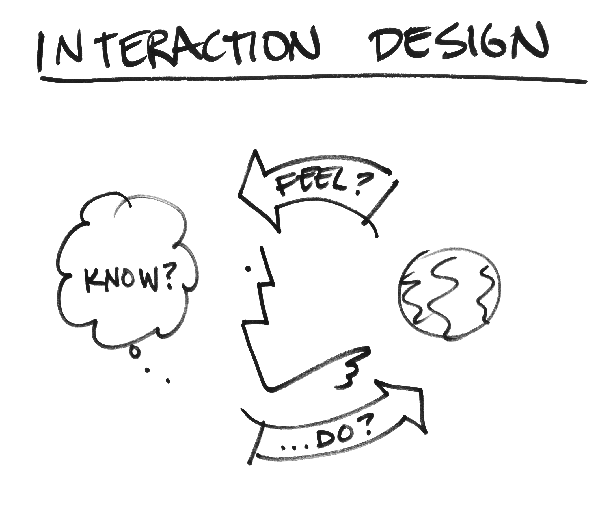Comments:
1. Patrick Firth - http://pfrithcsce436.blogspot.com/2011/01/paper-reading-2-interaction-design-in.html#comment-form
2. Adam Friedli - http://jaiachi.blogspot.com/2011/01/book-reading-3-hci-remixed.html#comment-form
Reference Information:
Title: Interaction Design in the University: Designing Disciplinary Interactions
Authors: Gale Moore, PhD and Danielle Lottridge.
Presentation: (Conference Paper) CHI 2010, April 10-15, 2010, Atlanta, Georgia, USA.
Summary:
Interaction Design is a field that emerged from both, HCI and design communities. More specifically, from the third paradigm of HCI, "phenomenological matrix," which focuses on "intellectual traditions and ways of knowing." On the other hand, the report Being Human discusses the concept of interaction, first applied to the idea of human interaction with computers, and then the computer-mediated interaction among people. The authors claim that through the studies of interactions between humans and computers, it has also arisen the need to move beyond the preset limits, and go beyond the expected. They explain how it is difficult to study fields like Interaction Design only from one perspective.
Interaction Design can be informally defined as an "orientation toward shaping digital artifacts... and the qualities of the user experience." One issue that arises is that because of its diverse origin, and even though there is a develop research on the field, this field often does not fit into a university's departmental and faculty structures. The authors claim that universities must find the ways to fit these kind of fields into their structures, since they are some of the "most dynamic, flexible and responsive parts of the institution."
The authors continue by explaining the knowledge production in the university. They define 'interdisciplinarity' as the term to discuss the field or activities where there is participation from individuals from more than one disciplines, a disciplinary crossing, where the product of the research from both disciplines is brought together.. They also define "multidisciplinarity" as "research that involves more than a single discipline in which each discipline makes a separate contribution. An a third disciplinary crossing is also defined, "transdiciplinarity." It places its focus on the "generative potential of the interaction of individuals from different disciplines working together in the context of a specific problem." They establish the idea that interdiscipliarity and multidisciplinarity both better fit into a university's structure, however a transdiciplinary study may not.
Even though a transdisciplinary approach is more complex, it is in this approach where the field of Interaction Design better fits. Thus, the authors propose a "disciplined transdisciplinarity" approach to the field, so that it can better fit the university's structure. They affirm that this approach values both, discipline but also the need of contribution from more than one field.
Discussion:
In my opinion, this was a difficult paper to follow and a bit boring. I expected more discussion about the field of Interaction Design, but instead it was more about how this program does not really fit into a disciplined university structure. However, I must agree with the authors intention, finding a way to integrate this field into a university program. I see how it is related to HCI, since it focuses not merely in the design, but also on the user's experience with the product. I believe this is still an emerging field, but in order to become something bigger research needs to be done, but if universities do not support this idea, then it will be really difficult for any emerging field to really develop into something bigger. In particular, I would like to know if there are any courses related to this topic at our university?
About the image shown above, I found this picture when trying to find a definition for Interaction Design in order to understand better what the paper was about. I think it is simple, but it gives the most basic description about the field.

Glad I wasn't the only one in thinking that this paper was difficult to follow. At first glances I was hoping that there would be more of a movement described and how it's changed over the years. In my opinion, I think we have been doing research in this format for a long time now, as it's been obvious that only one discipline can't solve a particular problem alone.
ReplyDeleteThis is an interesting concept. Makes me think of "Minority Report" and how awesome it would be to control my computer like that. Awesome.
ReplyDelete